2022 Kia EV6 GT-Line AWD review
Kia is undergoing a transformation of sorts, and it started with an edgy new logo. It’s emerging as a major...
Few vehicles are as hotly anticipated now as those with electric motors. And top of that list for many has been Tesla’s Model Y. The company’s 3 has been flying out of the door, the one car that proves people will actually buy a four-door sedan…so long as it has a Tesla badge on it. With the entry model priced below the $80k rebate threshold, Model 3 sales numbers have been grand. They will take a hit this year however with the arrival of the Model Y. While it’s been on sale in LHD markets for some time, only now has there been sufficient production capacity to include far flung markets like New Zealand.
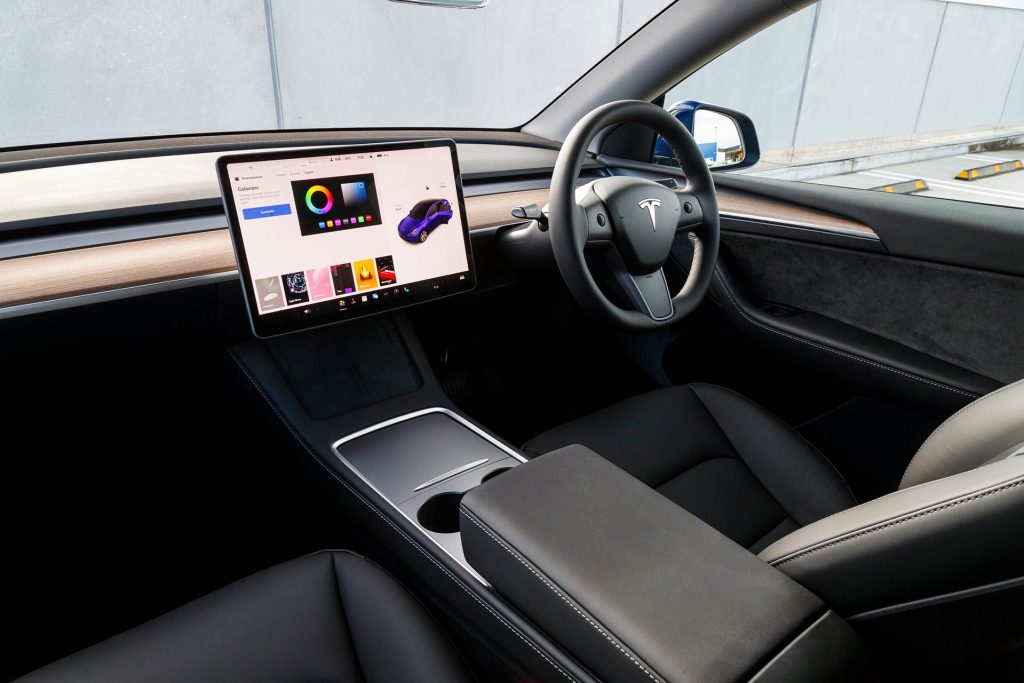
It’s offered initially in rear-wheel drive configuration, starting at $76,200, and there’s a dual-motor Performance model at $108,900. There aren’t many options to consider when buying a Tesla, and limited paint choices, with white being the only hue included (the blue featured is a $1700 option). But the Model Y is well specified and this test car would be $79,943 on the road, meaning a $8625 rebate. And at $71k, that makes this Model Y a very attractive proposition. That’s especially the case since the Kia EV6 has recently been hit with a price increase due to rising production costs. The Air Long Range model is now $83,990, making it no longer eligible for the rebate.
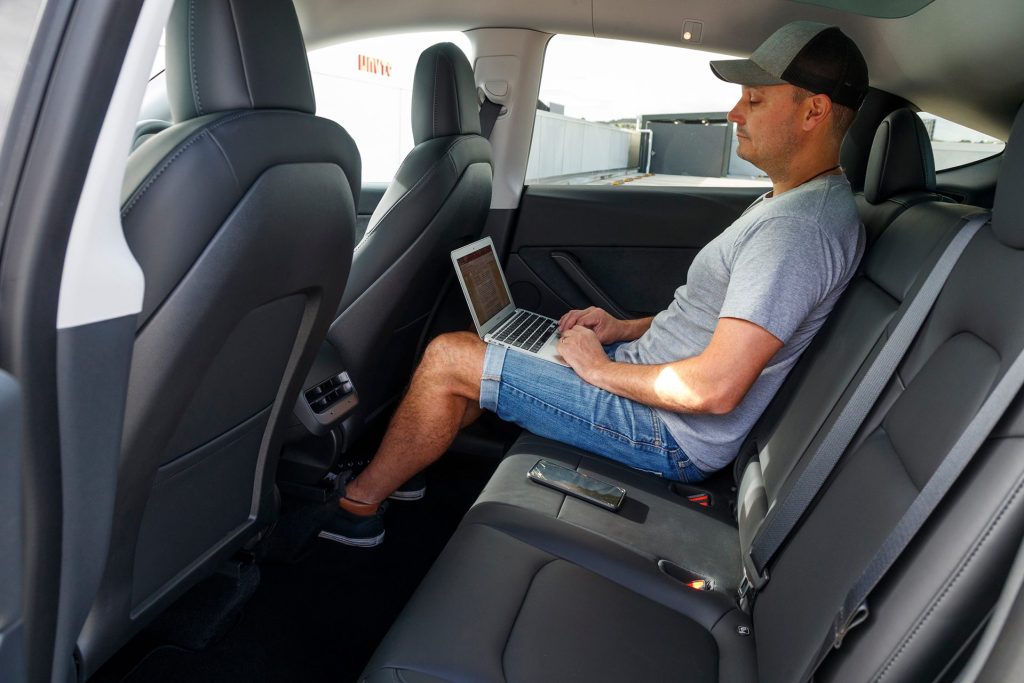
The Tesla Model Y is based on the Model 3 and is just a bit longer, taller, more SUV-like and so is more spacious inside. It’s not what you’d call a classic beauty however. They say proportions are everything when it comes to car design, and this is a function-over-form machine. We doubt it will hinder the appeal or the sales, the most important design aspect for many will be that T badge on the front.
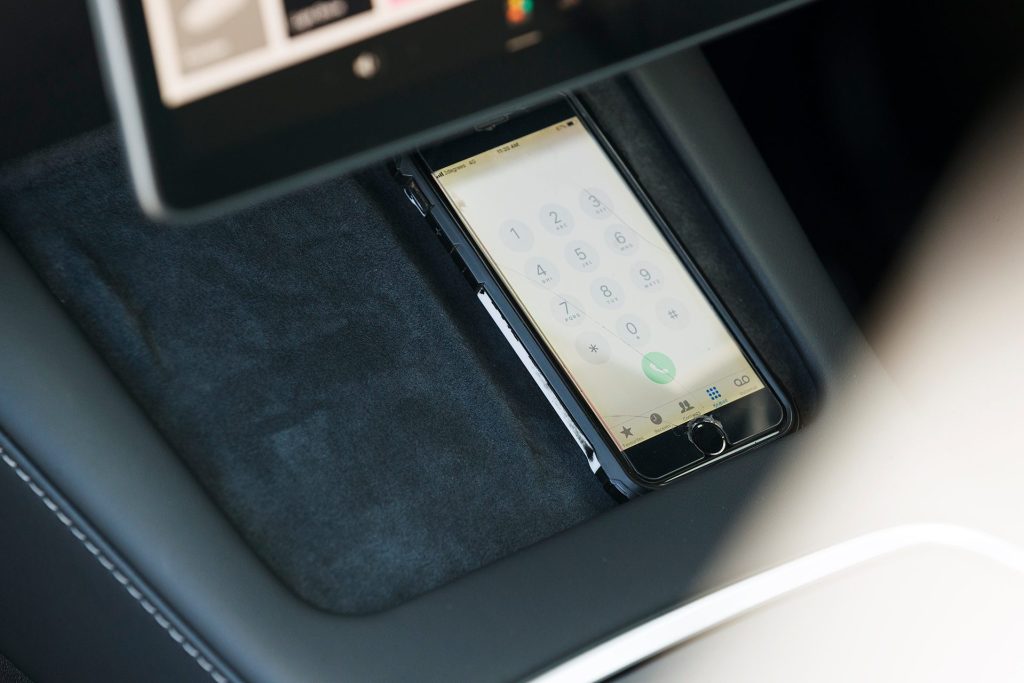
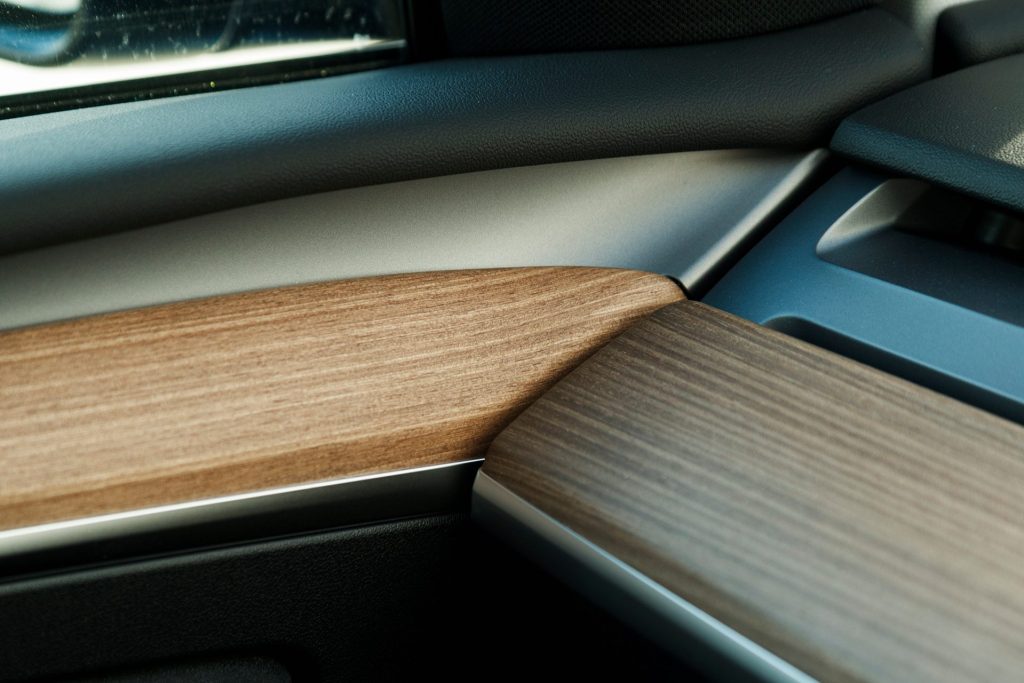
It is harder to critique the interior. Tesla has got on top of its initial quality issues, as far as first impressions go. This Y is much better built in terms of panel fit and cabin quality compared with the old Model S we drove a few years back. It’s up to standard for the $70k ask. Vegan leather is a convenient term for the average feeling man-made material covering the seats but at least the heating elements are effective on cold winter mornings. The wood trim looks convincing, as are the suede door cards and the lined pockets. There’s ample cabin storage here with deep centre bins, good cup holders and a plethora of charging options for devices.
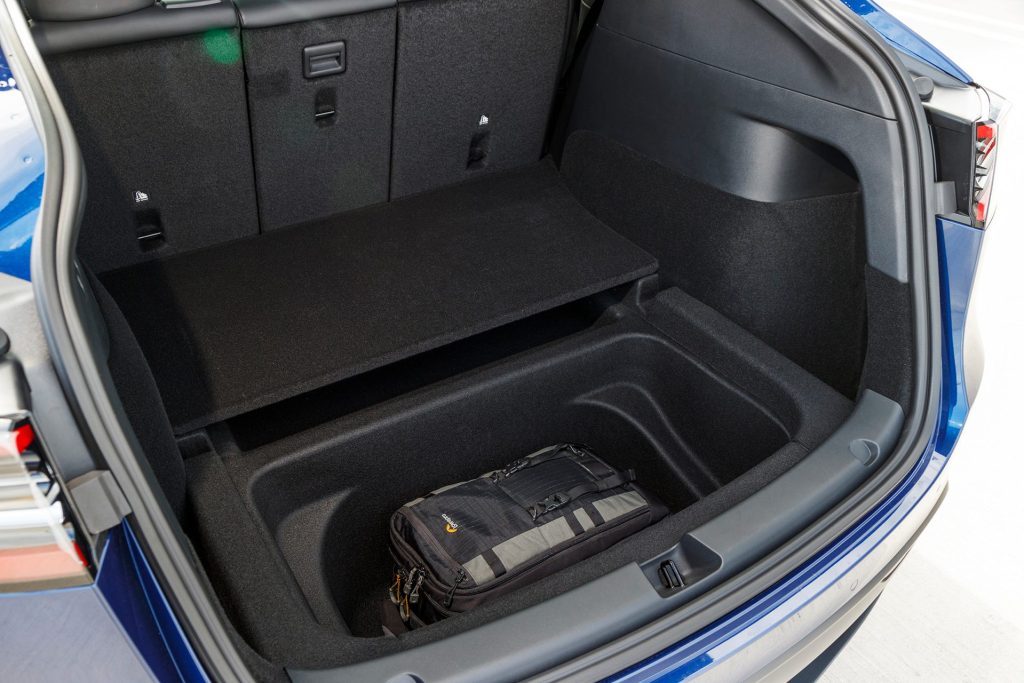
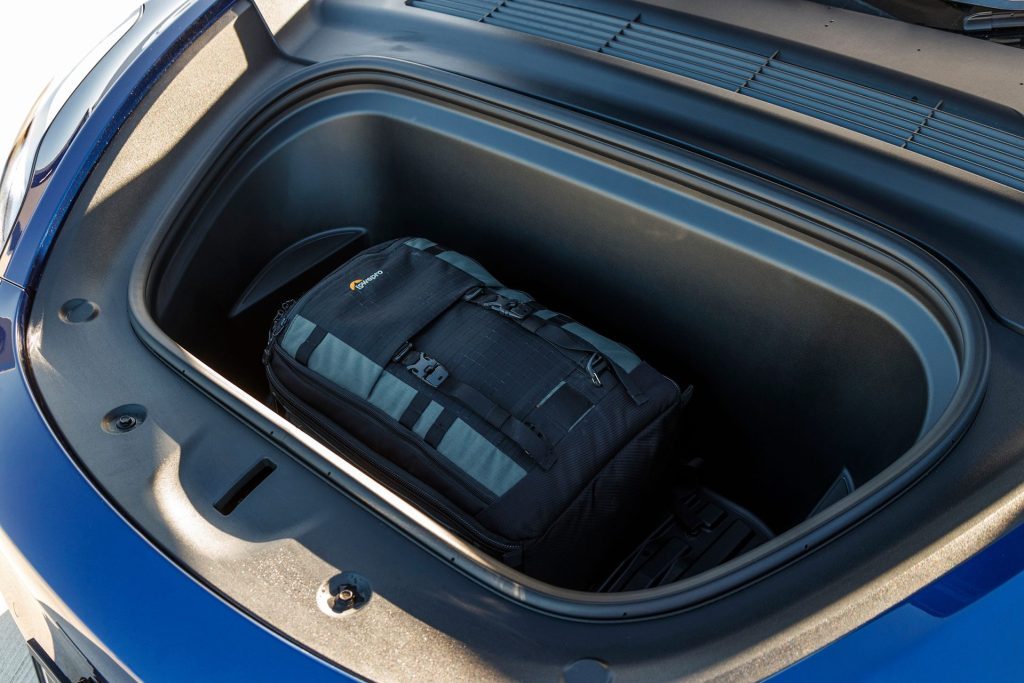
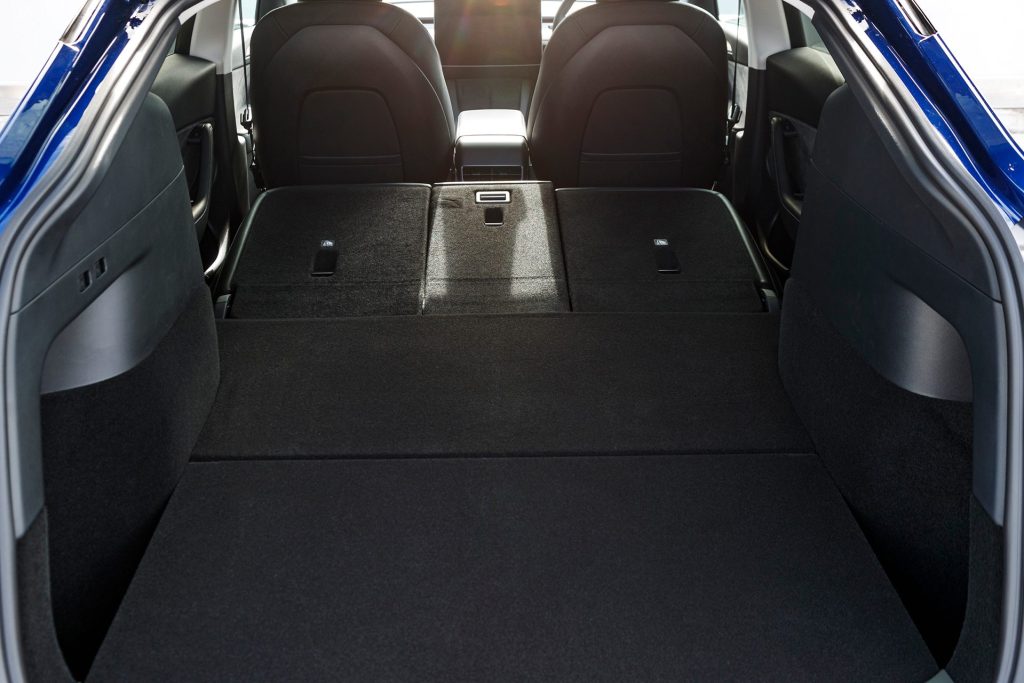
The boot is also commendably large, well shaped, and there is yet more space in a big cubby under the floor. There’s no spare wheel but that’s not uncommon these days. Besides, there’s a useful trunk up front. In the rear, there’s room for three, at a squeeze, helped by a flat floor and space in the middle for your feet. There is a seven-seat option in some markets but it’s not available here.
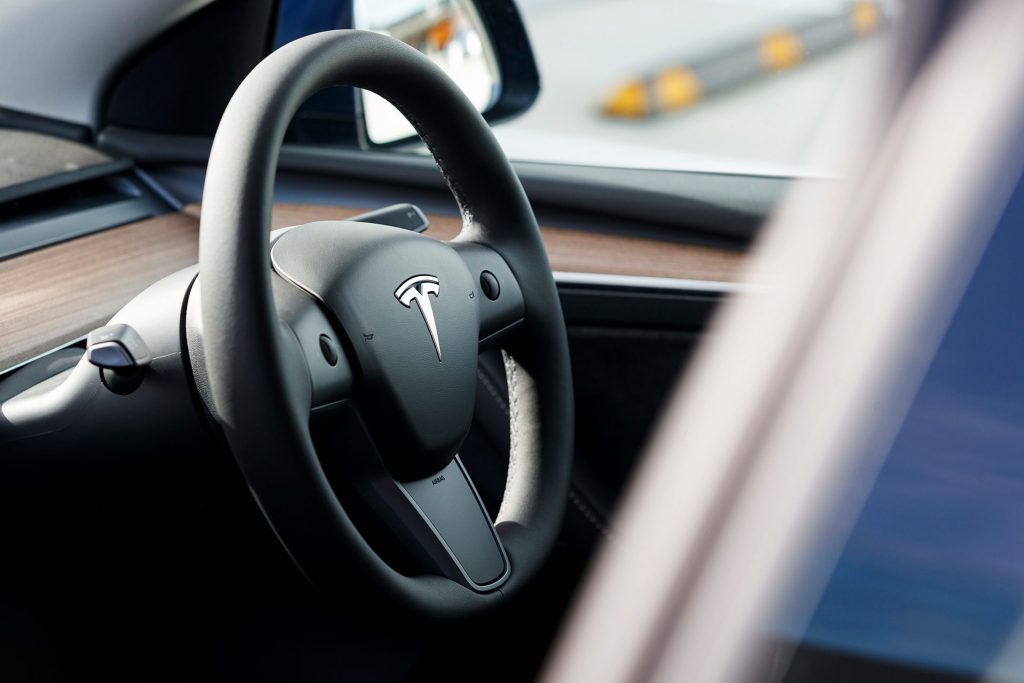
The driver’s seat is perched up high and there’s decent adjustment via one of the few actual switches in the cabin. Most other functions are handled by the two steering wheel buttons, performing a multitude of operations, from controlling the active cruise to adjusting the mirrors. Functionally, this minimalist approach works, once you get your head around it. Everything else is done via the big touch screen. This is a sensory experience with its iPad-like resolution and super snappy response. There’s voice control too but some inputs are met with ‘this command is not available yet’ so it’s not overly helpful. Along with the usual infotainment fare, there is all the buffoonery of the ‘toy box’ and games suite to help pass the time at a fast charger.
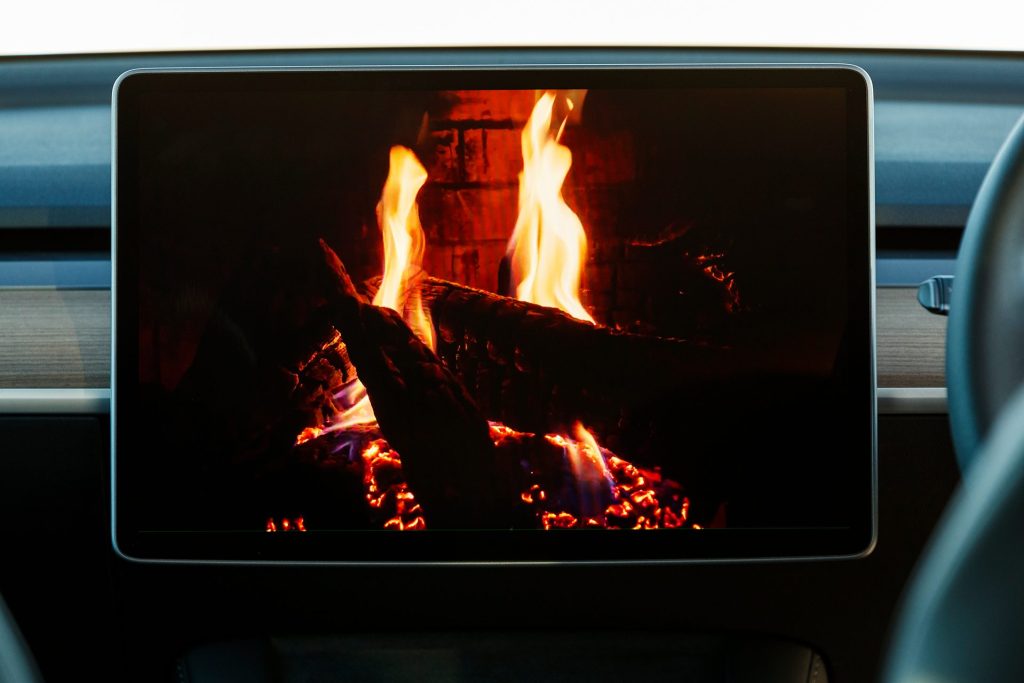
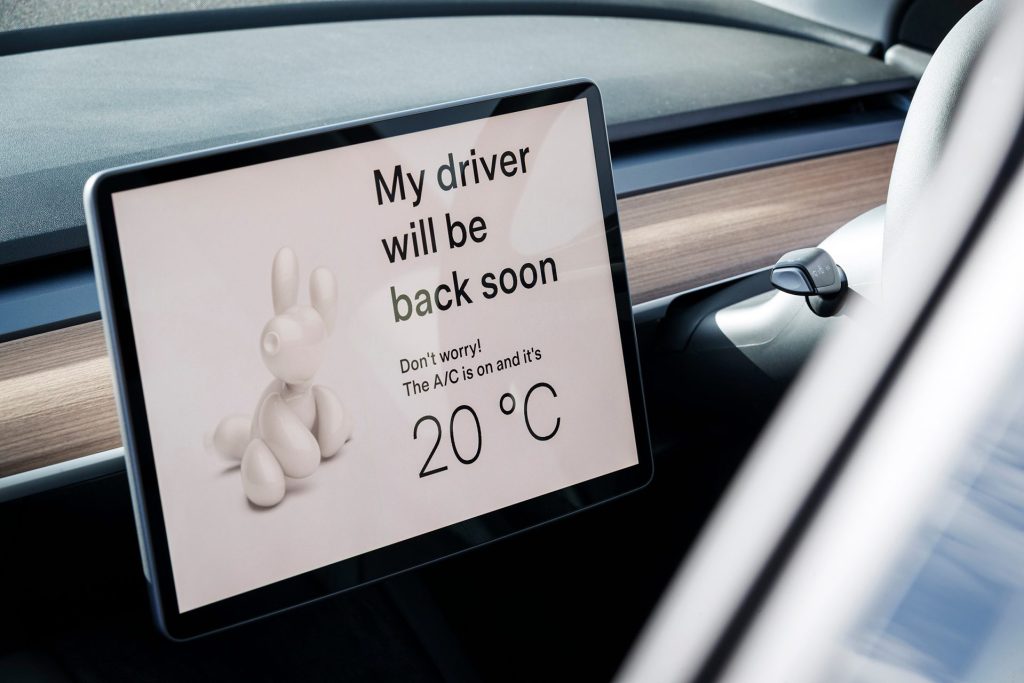
The active cruise is easily set; just push down on the column-mounted gear selector, and then again to add lane keeping for a form of ‘self drive’ on the motorway. While this encourages you initially to keep your hands on the wheel, it won’t remind you again. And so it will merrily, and quite accurately, drive you along the motorway. On city streets, the active cruise works better than most in stop/start traffic but it’s easily confused by parked cars on side streets. The Enhanced Autopilot, with improved lane keeping and changing, along with smart parking features, is a further $5700 while the ‘full self drive capability’ is $11,400.
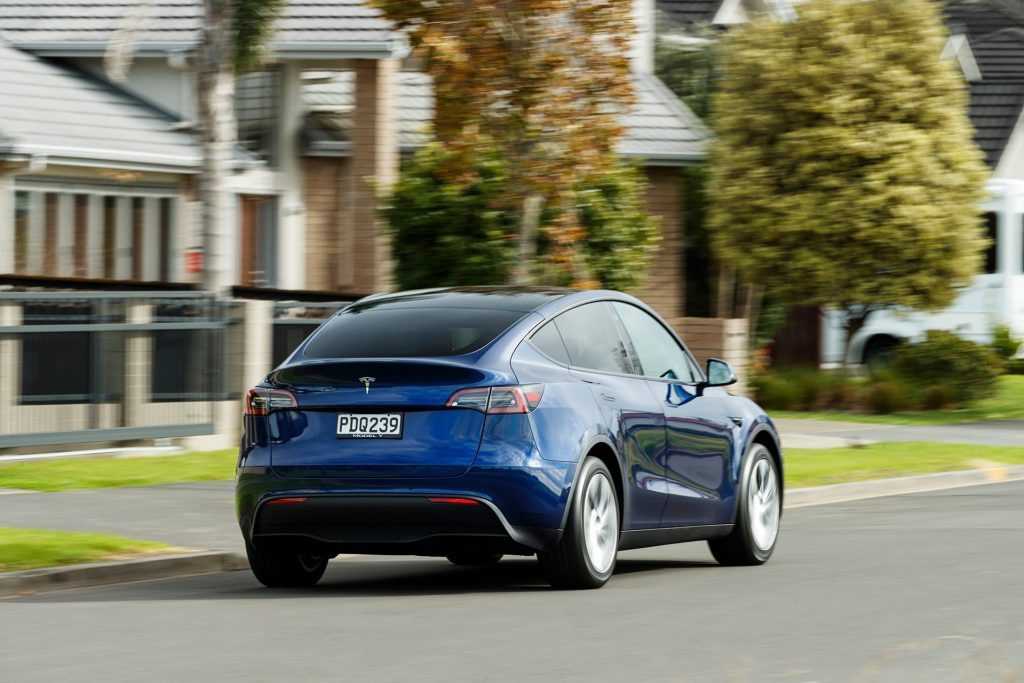
As to how this goes, the acceleration we’d deem sufficient. The torque is tuned to come in progressively so as not to trouble the traction and so you don’t shoot off the mark. But once up and rolling this jets from 50 to 100km/h. Brake regeneration is a constant; you can only enhance the way the Model Y comes to a halt in that respect. And therefore it’s best to dial in the Hold mode, and enjoy the ease of full one-pedal driving.
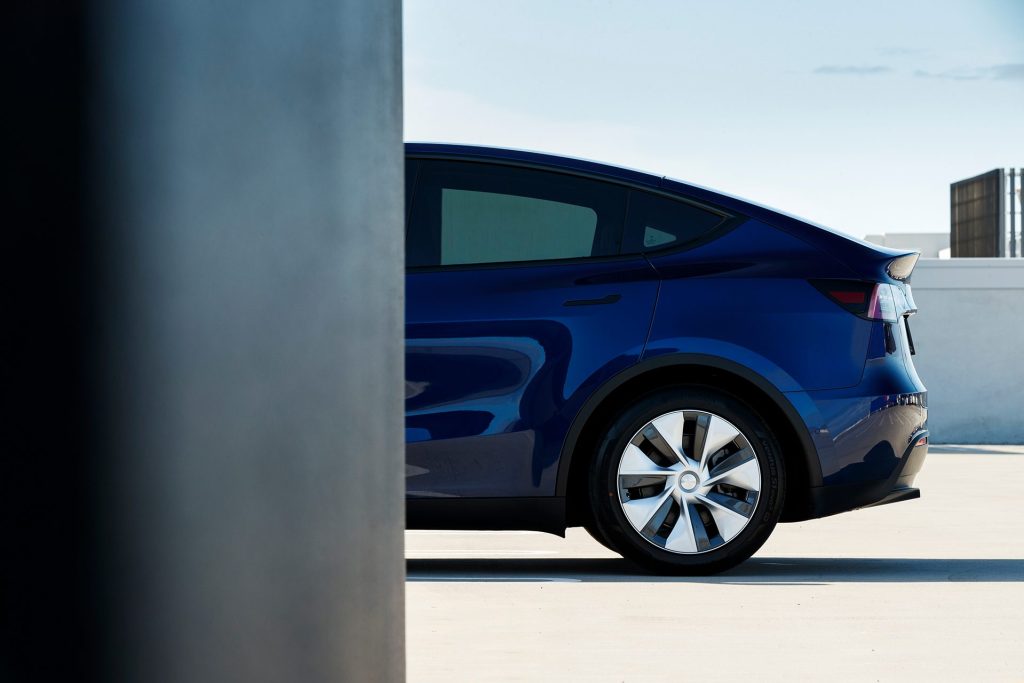
The ride could certainly do with some finessing for it hits big bumps hard and jiggles any time the road is less than smooth. The turning circle could be better too but three-point turn arounds are easy with quick and light steering.
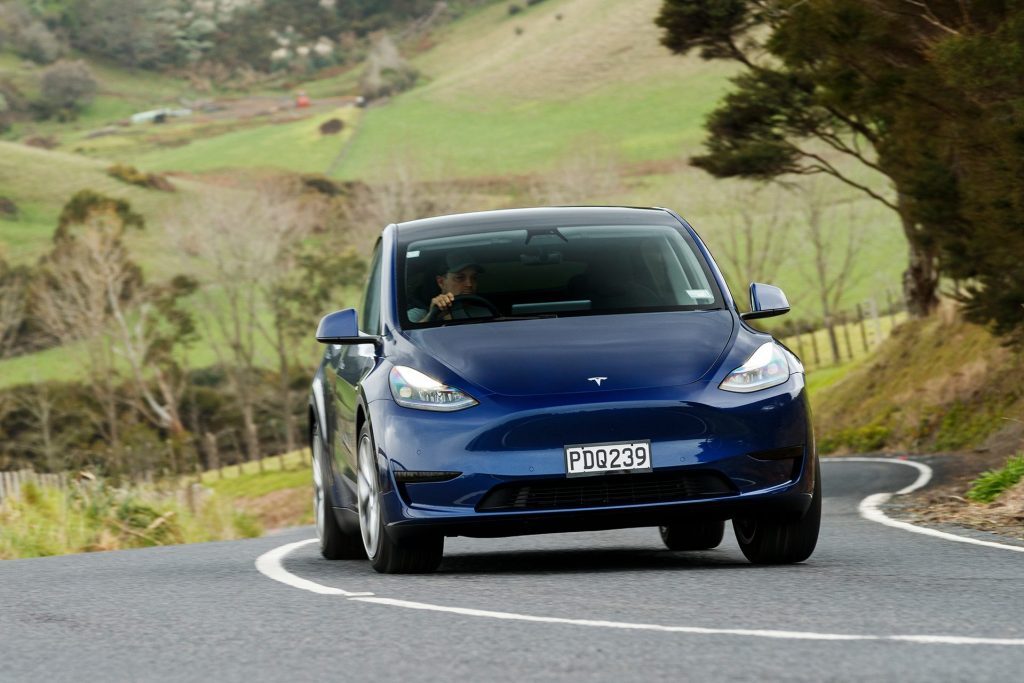
The cabin is airy with its big glass house (including the panoramic roof) and so around vision is sorted, except perhaps for the rearward view; the window on the sloping hatch is quite small. Cameras do show a clear image of your surroundings when parking and while there is no blind spot alert in the mirror itself, those cameras in the B pillars show you what’s there on the main screen.
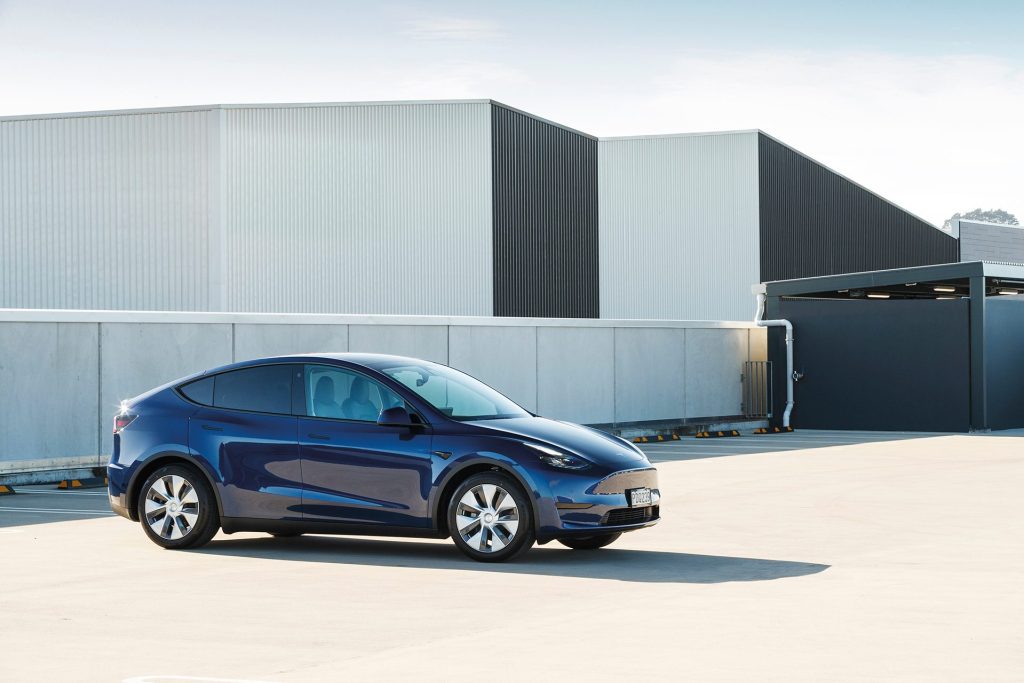
We found the Y to be rather energy efficient, the average consumption being 17.3kWh/100km for our 300km or so of driving. We noted that this number can be as low as 13kWh/100km for city ramblings. It charged up quite quickly on the three-pin plug, 10 hours at 8A adding 15kWh, or enough to take the battery from 24 to 50 per cent.
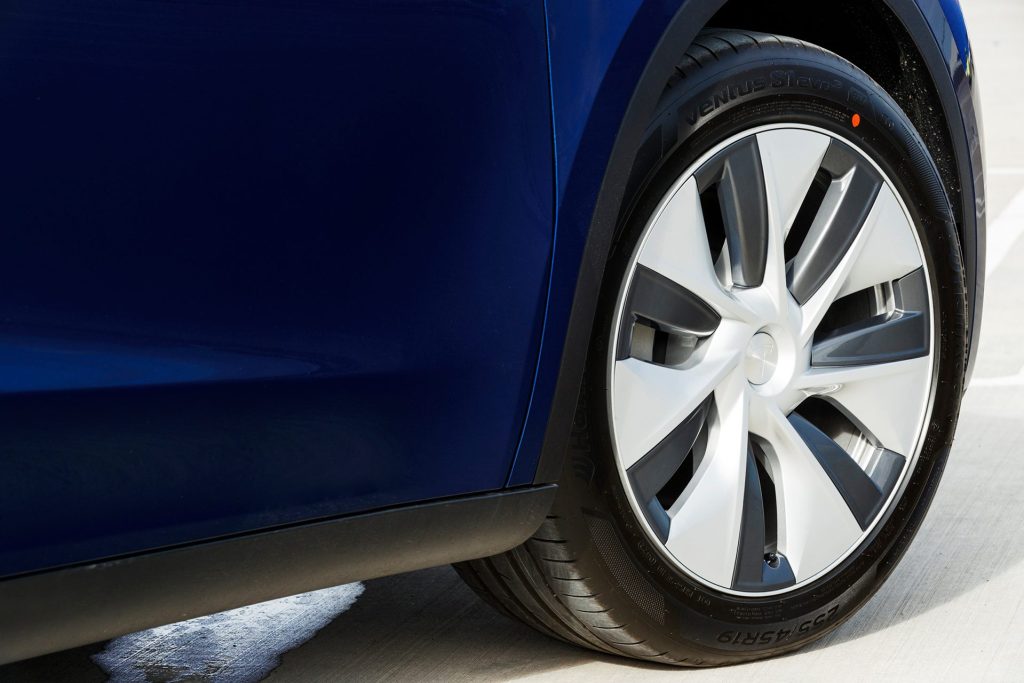
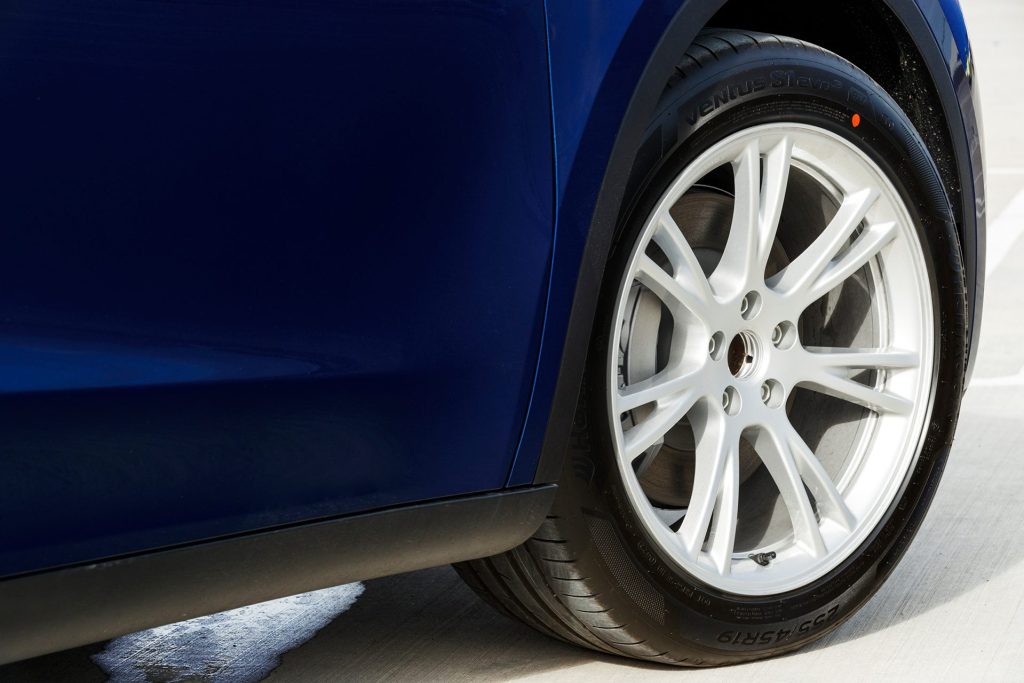
If you like things to be easy, the Tesla way will suit you. You won’t have to worry about finding your keys for a start. You always have your phone with you these days, and so it makes sense to turn that into the ‘key’. We managed to set this up without a hitch and then you have a genuine smart key at your disposal. This includes the app to control various aspects like defrosting the car in the morning before you set off, and keeping tabs on the charging situation. With the phone set up, the Y unlocks as you operate the handle, and is then instantly online. Tap the selector into gear, and you’re off. And to finish, just hit the P button on the end of the stick, get out and it locks as you walk away.
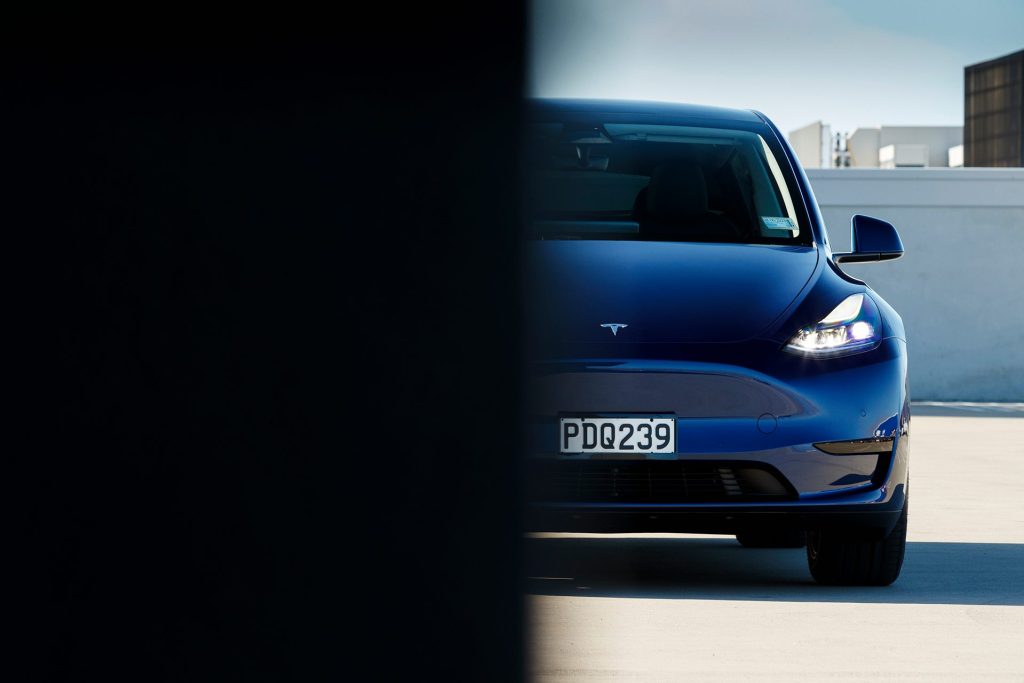
Rounding out a solid showing, this hits the bends well. The steering is consistently weighted and accurate, the Y turning quickly. As long as the road isn’t too bumpy, it holds its line nicely. The stability control is well tuned, and it works away to keep the rear end in line. With the motor out back, you can sense the rear moving about when you push things, and so the ESP will intervene smoothly to neutralise any threat of roll oversteer. You get used to the one-pedal driving at speed too, and when you do hit the picks, there’s none of that odd regenerative effect fouling the pedal feel.
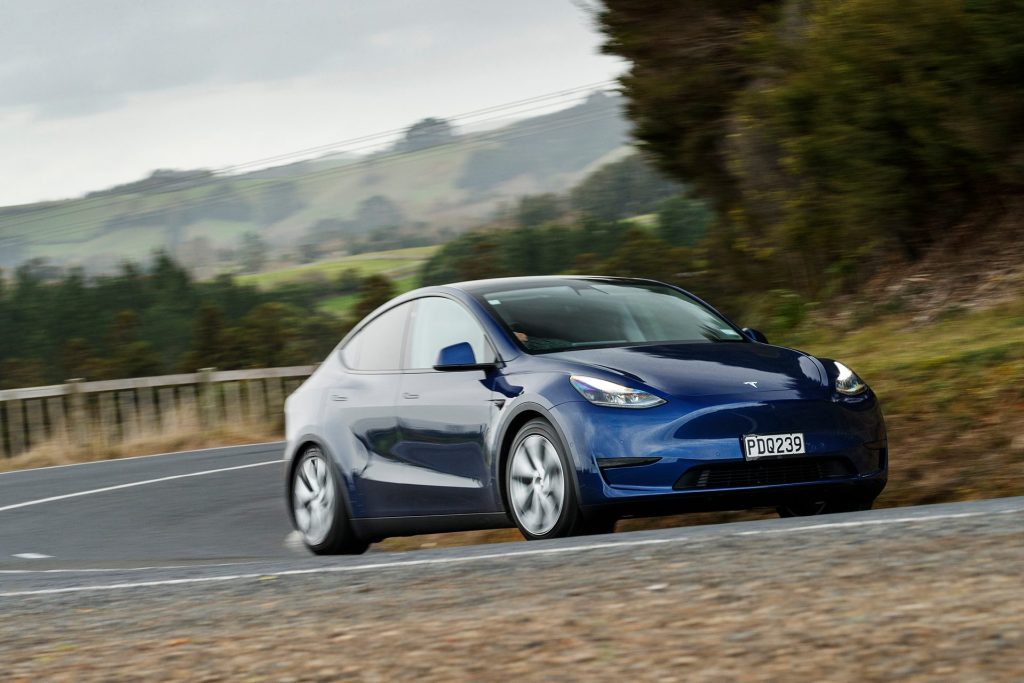
And so there’s little that annoys about the Model Y, much to savour. Sure, the ride could be better but it’s no deal breaker. Especially as the price is certainly agreeable, the efficiency is great, as is the general ease of use and practicality. Get in before prices rise (they are bound to as they have overseas) and delivery times blow out.
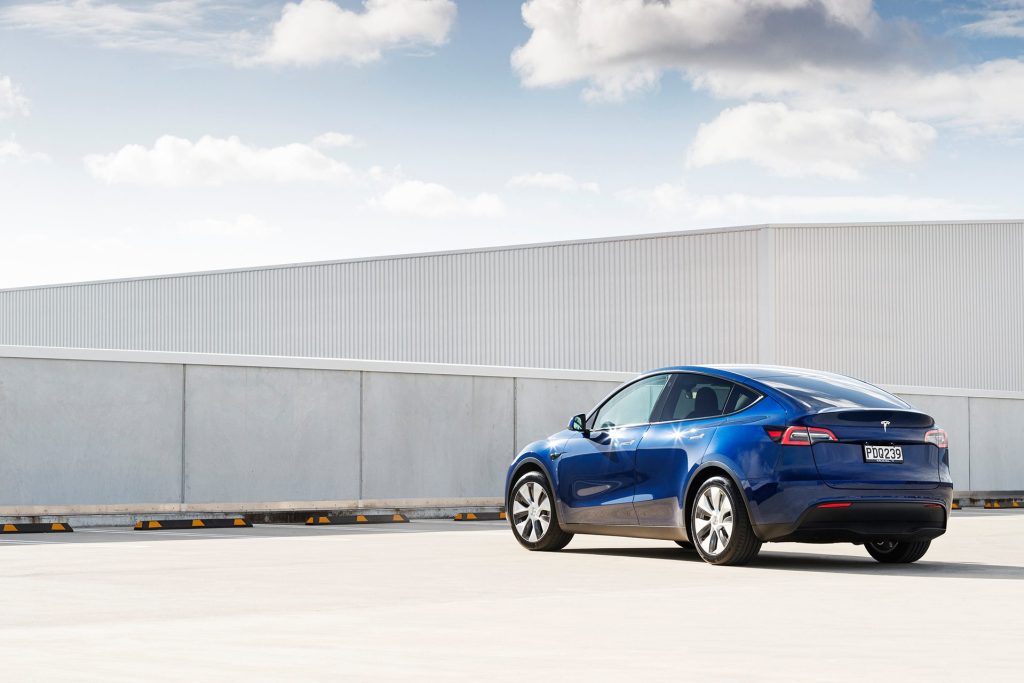
| Model | Tesla Model Y RWD |
| Price | $76,200 |
| Clean Car Discount | Rebate –$8625 |
| Motor | single, 255kW/420Nm |
| Battery | 57kWh |
| Range | 455km (WLTP) |
| Drivetrain | single-speed auto, RWD |
| Energy Use | 12.5kWh/100km |
| C02 Output | 0g/km |
| 0-100km/h | 6.91sec |
| 80-120km/h | 3.94sec (111m) |
| 100-0km/h | 35.98m |
| Stability systems | ABS, ESP, TV |
| Safety | AEB, ACC, RCTA, ALK, AHB |
| Luggage capacity | f-117L, r-854-1900L |
| Tow rating | 750kg (1600kg braked) |
| Warranty | 4yrs, 80,000km |
| ANCAP rating | not yet rated |
| Weight | 1929kg (claimed) |
You may also like
Kia is undergoing a transformation of sorts, and it started with an edgy new logo. It’s emerging as a major...
Thanks to a certain brand, most people reckon an electric car needs a big battery, a massive range and multiple...

